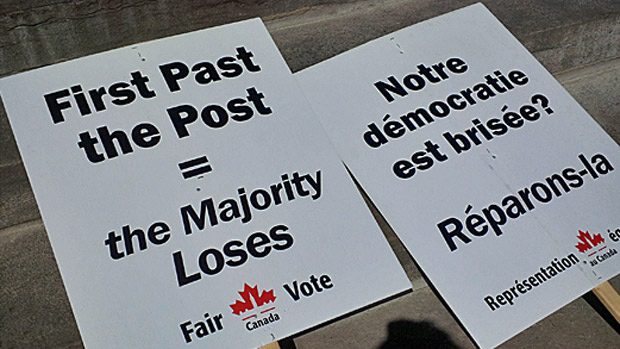"Math is difficult," former Alberta premier Jim Prentice quipped to opponent Rachel Notley back in 2015.
Current Alberta and federal politicians are finding math not just difficult, but political and contentious.
The numbers game on how close Alberta already is to its oil sands carbon emissions cap could be the crux of the federal decision on the massive Teck Frontier mine expected at the end of the month.
Premier Jason Kenney says the province is miles away from the 100-megatonne cap, leaving plenty of room for the Frontier Mine's 4.1 megatonne annual emissions. Alberta figures show the province at 67 or 68 megatonnes annually, he says.
Federal Environment Minister Jonathan Wilkinson says his figures show Alberta will hit 87 megatonnes by the end of the year, which will take the province to the cap and beyond in a decade.
That lines up with opponents to the mine who say approval of the massive open pit project just south of Wood Buffalo National Park would preclude Canada from reaching its goal of net-zero emissions by 2050.
Both sides in the emission figure dispute claim they are basing their numbers on legislation introduced by the NDP government in 2016. So how do they arrive at such different figures?
To toss in a few more numbers when the NDP introduced the cap legislation, the government calculated the province's oil sands developments were emitting 70-million megatonnes of carbon. Since production has increased in the intervening years, how have emissions gone down to 67 or 68?
The Alberta-based think tank Pembina Institute says the province will reach 82 megatonnes by the end of the year so even that environmentalist analysis is a bit short of the federal government's.
As with many of politicized calculations, the devil is in the details. What's included and what's excluded from the emission total should be fairly straightforward, but neither side is handing out balance sheets on their figures.
The Kenney government initially said it would scrap the NDP legislation before threatening rumbles from Ottawa changed its mind. The body of the legislation excluded emissions from cogeneration plants associated with oil sand projects which feed electricity into the power grid emissions from new upgrading facilities.
But the Alberta government has not taken the crucial step of establishing regulations which would make the legislation enforceable and possibly clarify some of the issues now erupting in the debate.
Wilkinson says regulations are necessary. He adds that Canada needs to make sure there is a hard cap on Alberta's oil sands emissions in order to meet its global commitments.
Kenney says he has been asking for a meeting for nine months with the feds on details of the emissions cap. He is looking for assurances that Ottawa's interpretation of the legislation won't stop further development of the oil sands.
The premier suggests Ottawa is tossing a few excluded emission sources into its emission tally, including conventional oil production emissions and maybe some emissions from Saskatchewan, to get its inflated figure.
It's not entirely clear why the UCP government has been reluctant to establish regulations. It would let both sides hash out just what should be included in the equation. How the mathematical divide has survived this long on a crucial bit of federal and provincial carbon policy is mystifying. A cynic might say Ottawa is laying some vaguely defined environmental groundwork for rejecting the Frontier mine at the same time Alberta is readying its outrage defence of the project based on its own shaky numbers.
Every mathematician lives by the mantra "show your work". It's clear the assumptions have changed and become ill-defined since the emissions cap was first envisioned in 2016. Provincial and federal politicians need to pull out their workbooks and show each other and Canadians how they're getting such different numbers.
Photo Credit: qz.com










